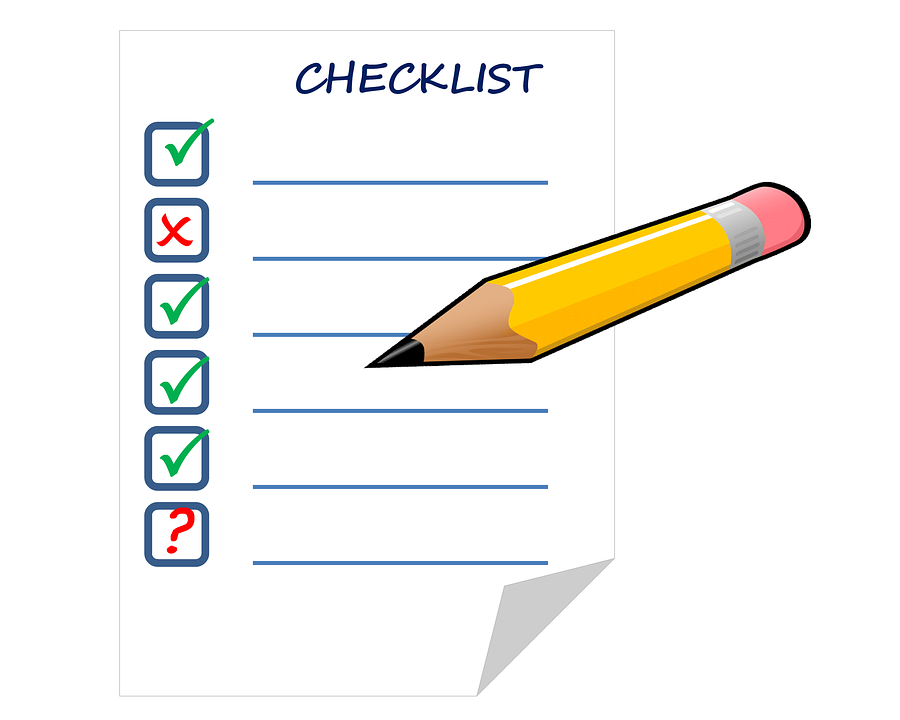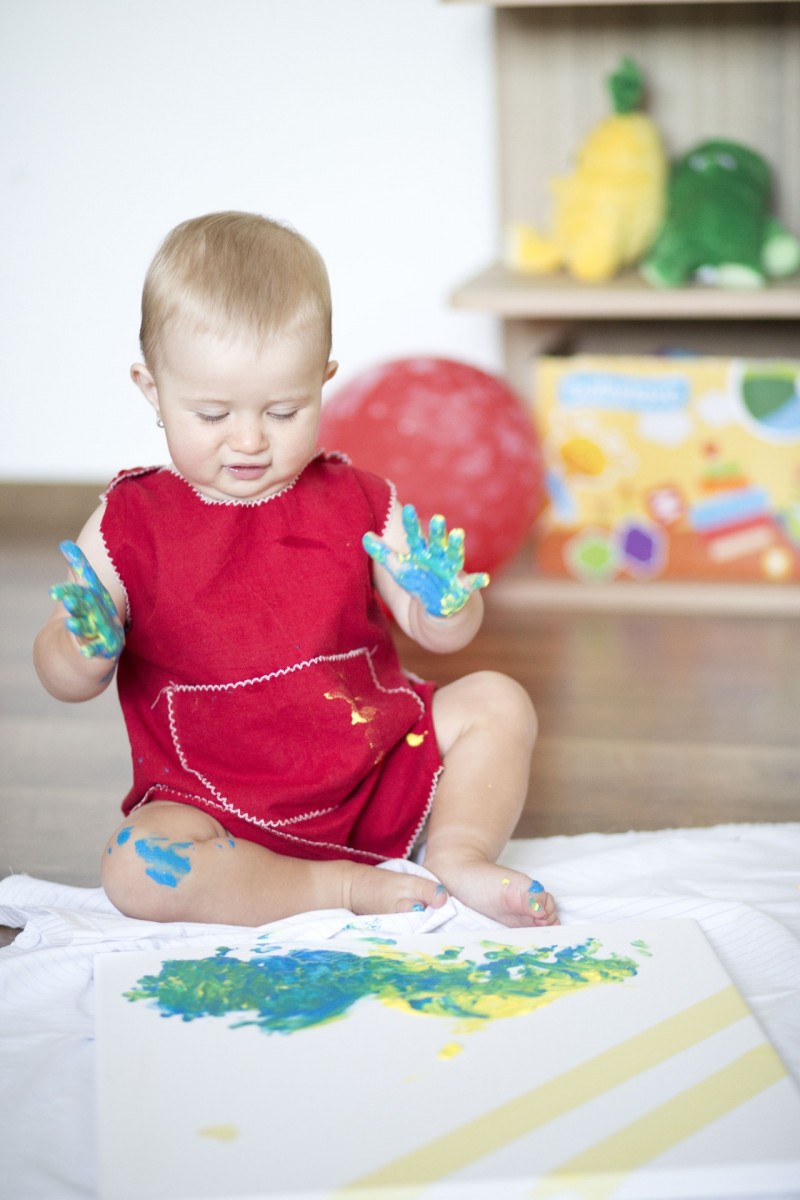Why EYFS adult lead activity tick list sheets should never be used!
The pressures of ensuring every child has completed every activity and each parent is having the same amount of work sent home is huge. This is particularly clear around the Christmas period when many EYFS activities are completed purely to send home in Christmas folders for parents to enjoy over the festive period. The strains of this are also often felt when some parents question why their child’s work is not displayed on the display board, but this pattern of thinking needs to be changed. Is it really the most effective way to ensure children are learning, developing and progressing by ensuring every child has completed the same activity in exactly the same way to achieve the same end goal?
Individual learning and goals over set end products
Times have progressed from the days of activity tick lists where you can monitor and ensure that every child has completed set activities and now learning should be more tailored to the individual child and follow each child’s individual interests. Some feel that without keeping a list of who has completed certain activities, it will result in some children never completing certain adult led EYFS activities however this is not the case if a child’s interests are engaged in an activity.
Much of early years talk is currently based around the debate of process vs product, with early years advocates urging practitioners to abandon their old beliefs about end products needing to be perfect and instead remember that the majority of the learning takes place in the process of completing an activity. This can be applied to tick lists and how they are ineffective as they solely concentrate on each child having completed a set end product. Certain children may not enjoy participating in adult led EYFS activities where they have to, for example using potato stamps to create a snowman, however they may enjoy using the sponges in the water and stamping water shapes on a tray. The learning outcome will be the same; however the end product will be very different.
It is for this reason that activity tick lists should be a thing of the past and children’s individual learning styles and interests should be followed and promoted. Learning should be based around what goal you would like a child to achieve rather than the activity and product you would like them to complete to achieve this.
Get parents on board with ditching the tick list
Parents should be encouraged to share this way of thinking and made to understand that all children are given free choice and are never forced to completed all adult lead EYFS activities, as the focus is on individual goals and interests rather then set end products. It may be useful to share this philosophy with parents when they first join the setting or if you intend to start this approach to inform parents in a newsletter or hold a parents evening. Having parents on board with this philosophy and the benefits of this will greatly reduce the pressures felt by practitioners and make them more at ease so they don’t feel the need to create tick lists and ensure every child has completed all activities.




You may have a list to ensure that each child has had a go at a certain activity even though each child’s method and outcome will be different. We have to monitor progress and the way to do this is to offer a wide range of activities although the learning goals in the eyfs are the same for all children. Lists are just a way of making sure no child is overlooked. I have many years experience in childcare and have found that, with some encouragement, children enjoy activities they may not have initially been interested in. I applaud the move away from the regimentation of the past but there was a lot of excellent work done with young children twenty years ago.I have seen many ‘fads’ come and go over the years and I feel strongly that we should think carefully before always jumping on the latest bandwagon!